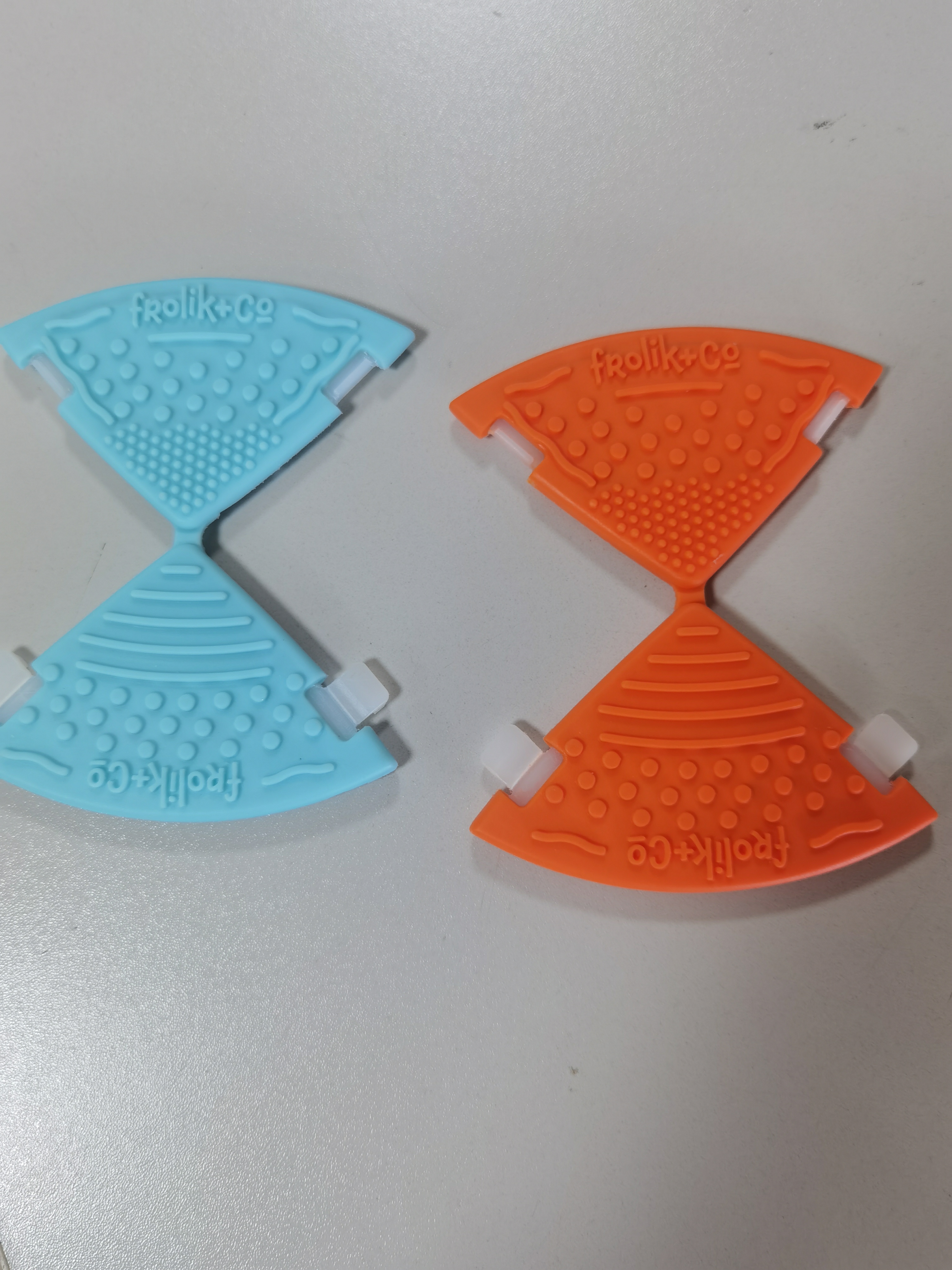Rubber moulding is a process that includes transformation raw rubber into a final product of the desired shape. This is the process by which raw rubber is used to produce the final functional product. This process helped us in achieving different forms of rubber, which we use in today’s world. The raw rubber compound is an elastomer polymer with natural elastic properties. Sometimes rubber is mixed with other materials to enhance its flexibility or make it tougher and resistant to UV rays and cracking. Generally, there are three types of rubber moulding, and each type has unique advantages and disadvantages. In this article, we will discuss about rubber moulding processes and their benefits.

What are the different types of rubber moulding process?
It is necessary to choose the correct compound and manufacturing process while undergoing a moulding process. By choosing the correct type of moulding process, you ensure that the final product has optimum performance levels and is cost-effective. The success of your moulding process depends upon three factors which are:
- Compound characteristics
- Mooney viscosity
- Scorch characteristics
There are three types of rubber moulding processes:
- Compression moulding
- Rubber injection moulding
- Transfer moulding
Compression moulding
The compression moulding process is one of the simplest and original forms of rubber moulding. In this process, our only requirements are a sheet of rubber and mould. Compression moulding uses heat and pressure to mould the rubber into the desired geometry. The rubber sheet is placed between the halves of the mould, and these halves are pressed against each other. Simultaneously, we will provide heat to the rubber.
The rubber will acquire desired shape with the action of both heat and pressure from the clamping process. The next step is curing or vulcanization of the mould – it is the process that occurs before the removal of the final part of rubber and cooling. Compression moulding is one of the oldest and crudest forms of rubber moulding, and the final result in it may have errors.
Advantages of compression moulding
There are many benefits of compression moulding, such as:
- The wastage level of raw material is less
- It can be simple or complex tools depends on part sturcuture with a wider range from prototype stage to mass production, and it is more cost-efficient as compared to injection moulding.
- It is most suitable for parts or appliances that have a large cross-sectional area.
- It has the capacity to process stiff materials which have high durometer values.
Disadvantages of compression moulding
There are also some disadvantages of compression moulding along with the various advantages such as:
- Processing time is long, which needs manual placing rubber into mold.
- There will be a some difference between the accuracy and appearance of the product compared with the injection molding
Rubber injection moulding process
Injection moulding is the most precise way to manufacture high-quality rubber products with fewer inconsistencies. Thus, the process is invented as an extension of the plastic industry and involves feeding heated rubber material into the mould under high pressure. In this type of rubber moulding, raw material is heated until it converts into a toothpaste-like consistency. This melted rubber is injected into the mould and allowed to harden. A wide range of rubber materials like silicone, neoprene, nitrile, FKM and EPDM can undergo an injection moulding process to create different products with unique properties. This enables the manufacturer to produce a variety of rubber products. Moreover, rubber pieces moulded by this process are strong and retain their shape for a long period with fewer inconsistencies.

Types of injection moulding machine
- The toggle or hydraulic mould closing mechanism
- Plunger type or screw type plasticization unit or injection unit.
Advantages of injection moulding
There are many benefits of injection moulding, due to which manufacturers highly use it.
- Automation is introduced during the moulding process
- Preparation of rubber is simple: cutting, shaping, and weighing of blanks are eliminated.
- Curing time is reduced to 1/10th or less as compared to compression moulding.
- It is economical as material trimming, and inspection prices are reduced.
- Wastage of material by this process is minimal.
- Fast cycle times.
- Rapid production time
- The end product has high dimensional tolerances.
Disadvantages of injection moulding
The injection moulding process indeed has many advantages, but there are also some disadvantages of this process.
- The cost of injection mold installation and trial production relatively high.
- Restricted designs of the tool are available, which ultimately affects the finished part.
- The injection moulding process requires more expensive tooling and machinery.
Transfer moulding
Lastly, there is a process of transfer moulding, which is a somewhat mixture of both injection and compression moulding. In this process, the rubber material is converted into a slug, referred to as a ‘preform’. This preform is inserted into the internal pot of the mould tool. The mould is then passed through the runner and gate system, where the machine compels the rubber to get into the mould's shape. After this, vulcanization by applying heat and pressure is done. Rubber products produced by this process are of high quality as compared to the compression moulding products but less than injection moulding products.
Advantages of transfer moulding
Following are the advantages of the transfer moulding process:
- The manufacturing phase of transfer moulding is shorter as compared to compression moulding due to the presence of various cavities that can be used.
- This process is more accurate and consistent than compression moulding.
Disadvantages of transfer moulding
As with every moulding process, transfer moulding also has some disadvantages such as:
- The chance of material wastage is high
- Inserted transfer tools require repair over time. Inserts also need removal and reset maintenance.
- Designing intricate moulds is costly.
Conclusion
Rubber moulding is an extension of the plastic moulding industry and is done widely in today’s world to produce various cost-effective products. But ultimately which process you are going to use depends upon the cost, time, and volume pressures. No process has the upper hand over others; they all can be applied depending on the product you manufacture. But now you know about the different moulding processes available, you can easily decide which one you will use.
Recent Post
- Custom Silicone Rubber Molding Protective Cover for Many Devices
- Custom ISO 10993 Medical Grade Silicone Parts For Health Care & Medical Applications
- Types of Rubber Moulding
- How to Make a Mold for Rubber Part?
- What is Food Grade Silicone and Why is it Better Than Plastic?
- How to Find a Reliable Silicone Beads Manufacturer?
